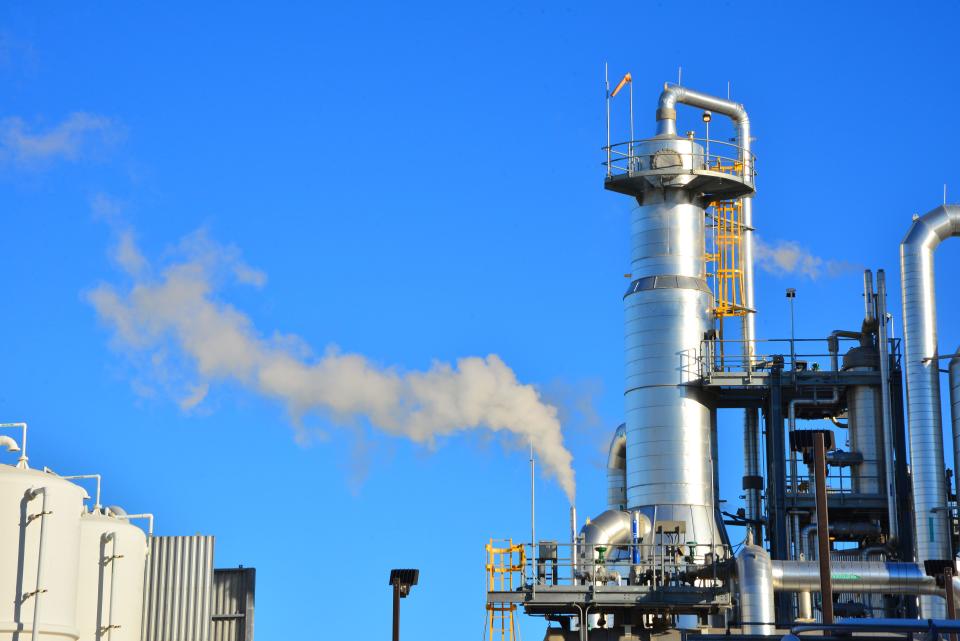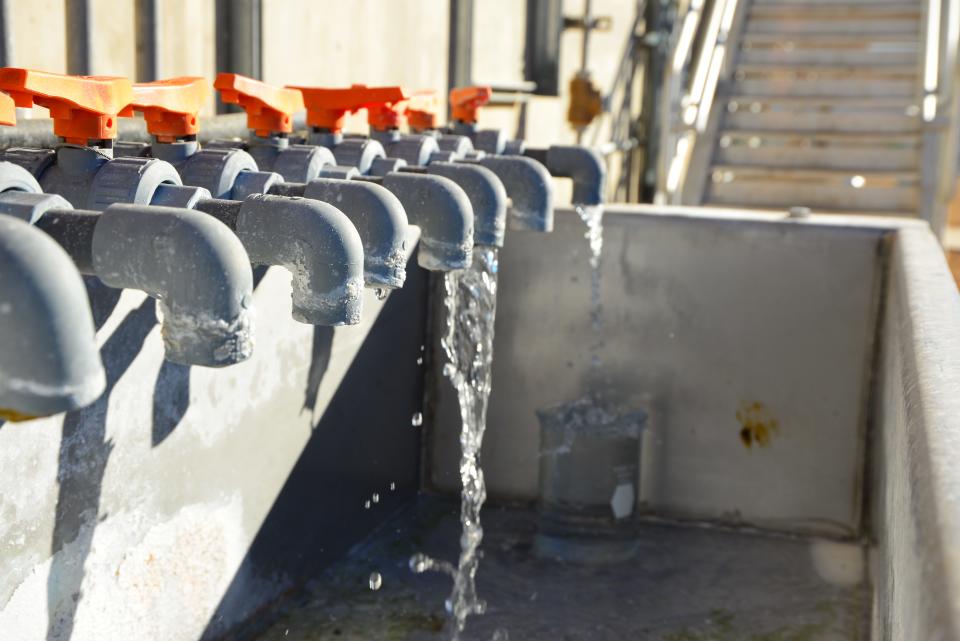Will semiconductor plants really drain Arizona? That theory is overblown
Why is Arizona building water-intensive semiconductor plants when it is facing water shortages?
There have been multiple articles to that effect in the national and international press, which have spurred questions locally about whether this is the smartest way to use such a precious resource.
Most of the consternation comes from the Taiwan Semiconductor Manufacturing Co. (TSMC) plant that is under construction in north Phoenix, near Interstate 17 and Loop 303.
The plant is going up not just on a swath of raw desert, but in an area that has little development nearby. People look at the giant cranes and towering walls and ask, “Where are they getting the water for that?”
Phoenix has water for TSMC
It’s a fair question, particularly because TSMC has not shared many details about its intended water use. Let’s hope that changes once the plant is up and running.
Phoenix water officials are planning for water use around 10,000 acre-feet a year at TSMC’s 5-nanometer fab and up to 40,000 acre-feet a year if, at some point down the road, there were six fabs on site. (The company has not announced anything other than the first fab, which is set to open in 2024).
So, while TSMC is likely to become one of Phoenix’s largest water users, the city has renewable supplies that aren’t currently supporting other users to accommodate this growth. That includes an allocation of Central Arizona Project water from the state land department and unused Salt and Verde river supplies.
The city’s estimates also don’t account for any water recycling that TSMC is planning to do, or any wastewater the city might capture, treat and return to the aquifer.
The key factor for semiconductors: Water recycling

That’s the key with semiconductor plants. While the chips that power our cellphones, computers and other electronics require a fair bit of water to produce, much of it is recycled.
Intel has two campuses in Chandler with multiple fabs, for example, which used about 16,000 acre-feet of municipal water in 2020, according to its latest annual report. But just because that water flowed to the campuses doesn’t mean it was consumed.
About 80% of that water was captured after use and purified at treatment plants operated by Intel and the city of Chandler, then either returned to the fabs for reuse in manufacturing or its cooling towers, or reused within the city or injected into the ground to recharge the aquifer.
About 6,200 acre-feet of water were treated on-site and reused without entering the municipal wastewater system, according to the report, while only about 2,900 acre-feet of water was consumed – and therefore unable to be reused – during the manufacturing process.
TSMC, meanwhile, is working with Phoenix on what appears to be a similar reclamation setup, using reverse osmosis and other technologies to treat water for manufacturing or municipal reuse.
And while the company declined to offer specifics on the volume of water its facilities could treat, deputy spokesperson Nina Kao said via email that “approximately 65% of the water used in the Arizona fab will come from TSMC’s in-house water reclamation system, helping to reduce city water consumption.”
How that compares to what homes, farms use

That’s great, you might say. But even if water is recycled, it’s still being used.
Fair enough. Let’s put that water into perspective.
Intel’s 16,000 acre-feet is roughly what it would take to support about 64,000 new homes, since about four newly constructed homes use, on average, about an acre-foot a year. (Nearly 20,000 new home permits were issued in Maricopa County during the first quarter of 2021 alone.)
That’s also what it would take to irrigate about 3,200 acres of cotton, since one acre uses, on average, about 5 acre-feet of water. (It’s estimated that 8,500 acres of cotton were harvested in Maricopa County and 74,100 acres were harvested in Pinal County in 2020.)
So, in the grand scheme of things, it’s not a ton of water.
It’s not a trivial amount, especially as water gets scarcer.
If water is an investment, we get a return
But if we think of water as an investment in our future – and we should, because increasingly it will function as one – semiconductor plants can offer a lot of economic bang per drop.
Sarah Porter, director of Arizona State University’s Kyl Center for Water Policy told KJZZ that for every million gallons we “spend” (that’s about 3 acre-feet), we get about 200 high-wage semiconductor jobs in return. That’s compared to 30 or 40 data center jobs or about 50 golf course jobs, she said.
Meanwhile, Intel had an $8.6 billion impact on Arizona’s gross domestic product in 2019, directly employing more than 10,000 and supporting another 58,600 jobs. And TSMC is expected to generate $38.2 billion in tax revenue statewide over 20 years, with 1,900 employees at its first fab when it opens.
The company is hiring much of its staff locally, Phoenix economic development director Christine Mackay said, and multiple suppliers have announced plans to build or expand all over the metro Phoenix area. Those and other suppliers are expected to generate another 6,000 jobs for the region, Mackay said.
Given all the ways that we could allocate our water, semiconductor plants that recycle most of what they use are not a bad investment.
Reach Allhands at joanna.allhands@arizonarepublic.com. On Twitter: @joannaallhands.
If you love this content (or love to hate it – hey, I won't judge), why not subscribe to get more?
This article originally appeared on Arizona Republic: Are Arizona semiconductor plants water hogs? Not exactly

